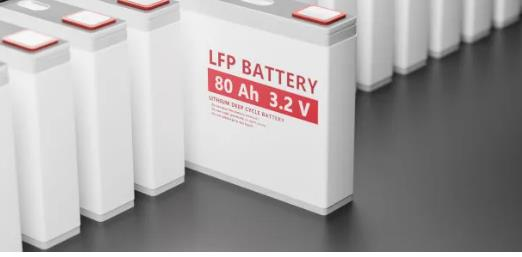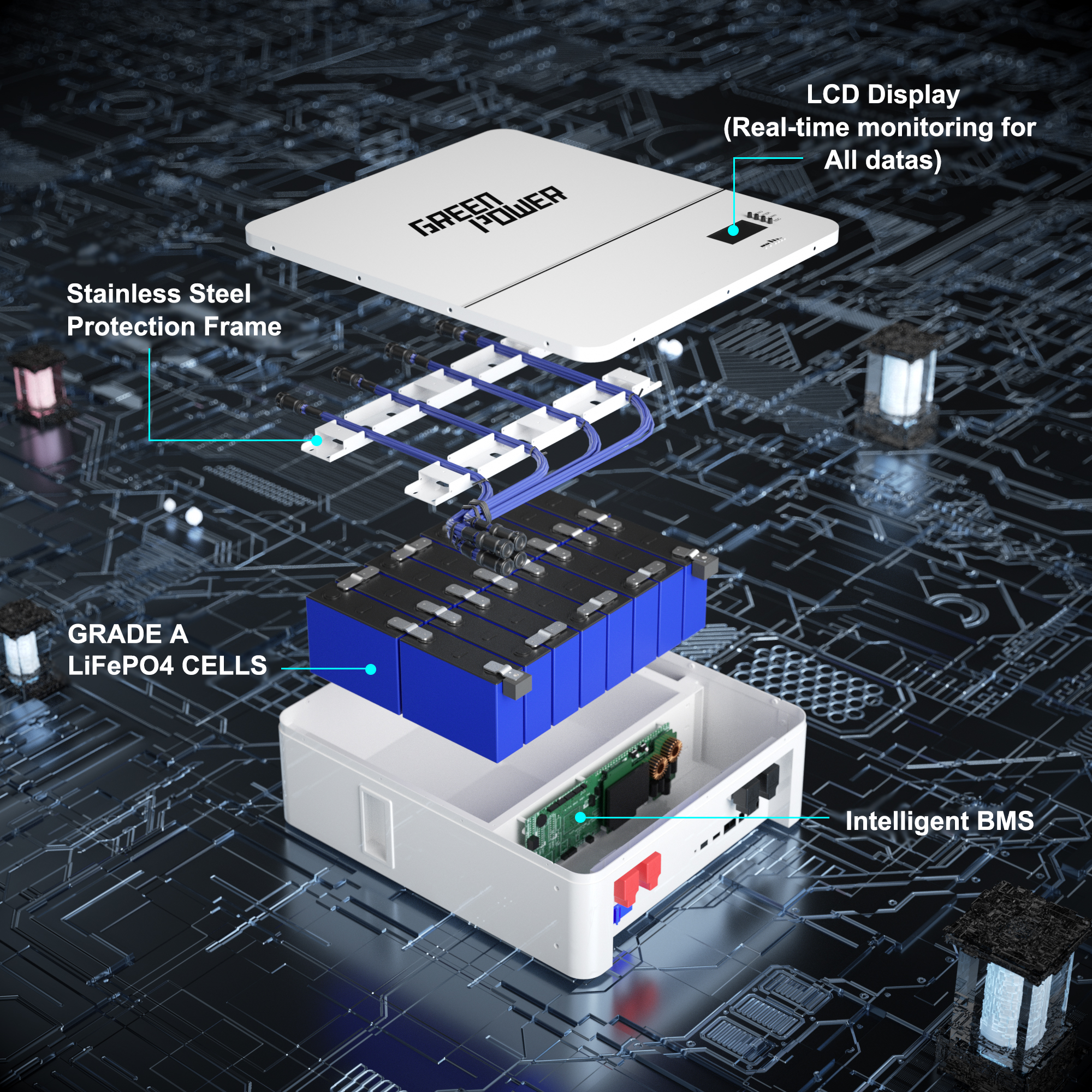The efficiency of solar cells directly impacts the optimization of energy storage in solar cell systems, making it crucial to delve into the reasons for efficiency losses. This article will thoroughly investigate the causes of solar cell efficiency losses and propose solutions. Additionally, we will focus on two common types of batteries: soft pack batteries and square aluminum shell batteries, comparing their applications in solar energy systems. Furthermore, key battery parameters such as charge-discharge rate, capacity, and cycle life will be introduced to provide readers with a comprehensive understanding of solar cell performance.
Electrochemical Conversion and Efficiency Loss: Electrochemical conversion is the core function of solar cell systems. However, resistance loss in the circuit, overpotential on electrode surfaces, and inefficient electrochemical reactions lead to energy losses. To mitigate these losses, optimizing electrode materials, electrolytes, and operational conditions is essential.
Battery Efficiency and Solar Energy: No battery operates at 100% efficiency; there will always be energy losses during storage, charging, and discharging processes. Battery efficiency is a crucial indicator for assessing energy losses throughout the discharge/charge cycle. For example, an 80% efficiency battery means that only 80kWh can be retrieved from storing 100kWh.
Lead-Acid Batteries and Lithium-Ion Batteries: Lead-acid batteries typically perform within the efficiency range of 80% to 90%, while lithium-ion batteries generally range from 95% to 97% efficiency. However, it's important to note that the efficiency of lead-acid batteries may decrease due to factors such as usage, aging, sulfation, and stratification.
Solar Cell Efficiency and Comparison of Soft Pack Batteries and Square Aluminum Shell Batteries: In solar energy systems, soft pack batteries and square aluminum shell batteries are common. Soft pack batteries are designed to be more flexible and lightweight, suitable for space-limited solar energy systems. In contrast, square aluminum shell batteries are typically more durable and capable of withstanding extreme environmental conditions.
Importance of Charge-Discharge Rate: The charge-discharge rate is a key performance indicator, measuring the battery's rate of charging or discharging per unit time. In solar energy systems, choosing a battery with an appropriate charge-discharge rate is crucial to meet system requirements. Soft pack batteries usually have higher charge-discharge rates, suitable for scenarios requiring large energy outputs in a short time, while square aluminum shell batteries are better suited for stable, long-term outputs.
Battery Life and Depth of Discharge (DOD): Battery life is typically measured in discharge/charge cycles, and the depth of discharge (DOD) is crucial for extending battery life. Both soft pack batteries and square aluminum shell batteries can achieve longer lifespans at appropriate DOD. Ensuring proper battery maintenance, including temperature control and charging strategies, is vital for extending battery life.
Battery Maintenance in Solar Energy Systems:
a. Soft Pack Batteries: Suitable for space-limited solar energy systems, soft pack batteries require special attention to charge-discharge rates and temperature management. Proper battery maintenance, including regular inspections and necessary upkeep, is essential for ensuring system reliability.
b. Square Aluminum Shell Batteries: Performing well in harsh environmental conditions, square aluminum shell batteries require proper temperature control and stable connections. Monitoring the system and using Battery Management System (BMS) software to detect any anomalies contribute to maintaining optimal battery performance.
Common Battery Parameters:
- Charge-Discharge Rate (C-rate): An indicator of the battery's charging or discharging speed, usually expressed as a multiple of the battery capacity.
- Capacity: The amount of charge a battery can store, measured in ampere-hours (Ah).
- Cycle Life: The number of charge-discharge cycles a battery can complete.
Conclusion: By addressing the reasons for solar cell efficiency losses, selecting suitable soft pack or square aluminum shell batteries, and paying attention to key battery parameters such as charge-discharge rate, capacity, and cycle life, the energy storage in solar energy systems can be optimized. For a free estimate and maximized energy output from high-quality solar panels, consult GREEN POWER's solar energy experts.
If you're interested in learning more about our solar energy storage offerings, we encourage you to explore our product line. We offer a range of panels and battery that are designed for various applications and budgets, so you're sure to find the right solution for your needs.
Website:www.fgreenpv.com
Email:Info@fgreenpv.com
WhatsApp:+86 17311228539
Post time: Nov-27-2023













